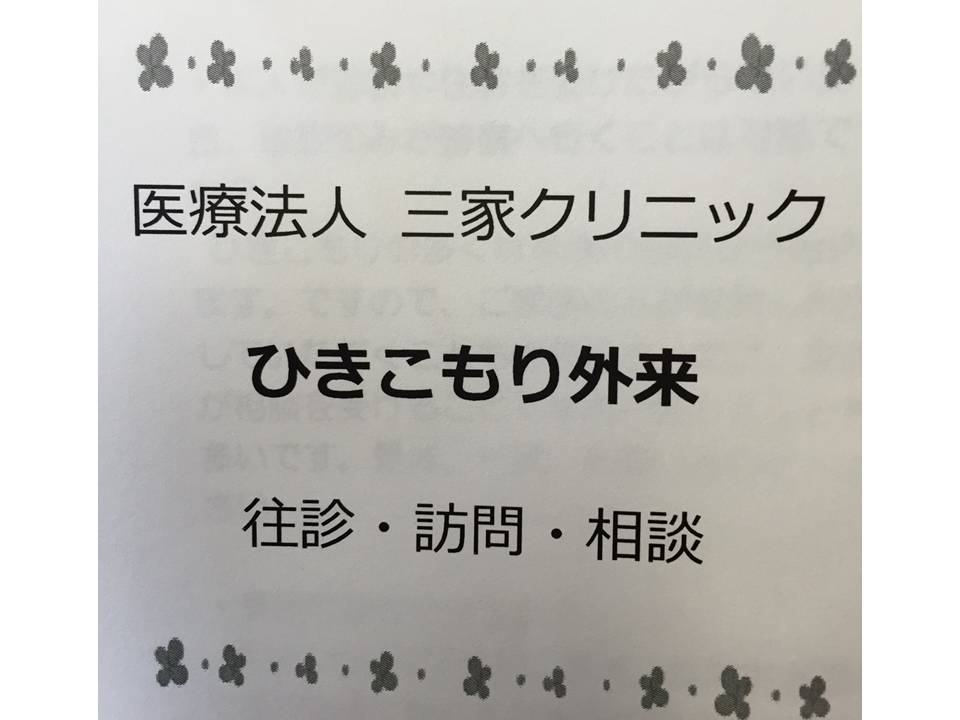- Project Leader:Imai Hissei (Mitsuya clinic)
Outline of Research
The research will clarify the background of the problematization and medicalization of Hikikomori and the evolution of its definition. We will search newspapers, medical databases, and books, for the definitions, assumed causes, measurements and backgroud of Hikikomori, and summarize the information in a comprehensive table. We will also identify interviewees in Southeast Asia to assess how Hikikomori is recognized in the region.
Description
Yomishi Kasahara proposed the term “retreat neurosis” in 1976 to describe patients that cannot work full time and exhibit apathy, indifference, and depression. The medicalization of those symptoms is thought to have started around the appearance of the term. Although the word Hikikomori has been used since the 1980s, no study has dealt with the evolution of the definition, cause, and problem of Hikikomori. It is reported that in addition to Japan, Hikikomori is observed in Korea, Taiwan, Hong Kong, Spain, and Australia. If we suppose that the emergence of Hikikomori is caused by modernization, countries in Southeast Asia may also face a similar problem. The study will provide resources for thinking about how to measure and address Hikikomori.
 Visiting program for various patients with psychiatric disorders including “Hikikomori”. |
 Leaflet for special outpatient program for “Hikikomori”. |
